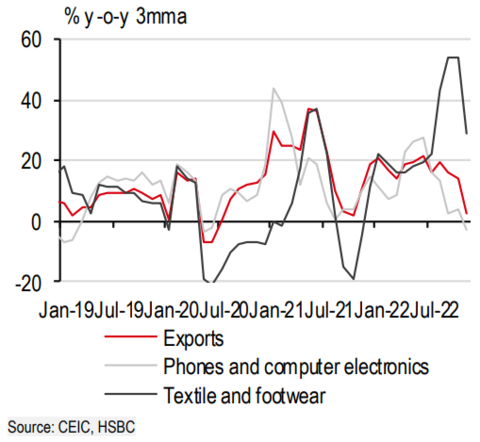Mastercard Economics Institute: Economic Outlook 2023
Mastercard Economics Institute: Economic Outlook 2023
The Mastercard Economics Institute yesterday released their annual forecast for the coming year which shows how a new multi-speed global economy will impact growth and consumer spending behavior.
Economic Outlook 2023 draws on a multitude of public and proprietary data sets, as well as models that are intended to estimate economic activity. The report explores four themes that will continue to shape the global economic environment - high interest rates and housing, trading down and shopping around, prices and preferences, and shocks and omnichannel.
|
Key findings include:
- After years of a housing boom, higher interest rates are expected to squeeze cost of living budgets, shifting the way consumers spend broadly. In major developed countries, we expect housing-related spending as a share of goods to fall an estimated 4.5 percent over the course of 2023, below pre-pandemic levels.
- Broad spending should remain resilient in the face of inflation, with consumers choosing wallet-friendly brands and chasing the best value. Globally, grocery shoppers made 31 percent more trips to the store this year compared to 2019 – partially to reduce food waste – while their average spend per visit is roughly 9 percent lower.
- As food and energy costs eat up a greater share of the consumer budget, lower-income households will feel an especially strong pinch. From 2019 to 2022, we saw discretionary spending by high income households grow nearly 2x as fast as lower-income households. However, much of this gap will diminish with the normalization in inflation. The Economics Institute expect inflationary pressure to ease next year, with the average inflation rate of developed economies falling from 7.1 percent YOY in Q4 2022 to 3.1 percent YOY in Q4 2023
- Businesses with an omnichannel presence are likelier to withstand shocks by meeting the customer where they want to shop. Our analysis suggests that having a multichannel presence provided 6-percentage point lift in retail sector sales through 2022. Small and large restaurants were saved from losing an additional 31 percent of sales during the height of lockdowns with their omnichannel presence. Similarly, small omnichannel clothing stores outperformed online-only and brick-and-mortar-only firms, growing 10 percent and 26 percent faster, respectively.



























